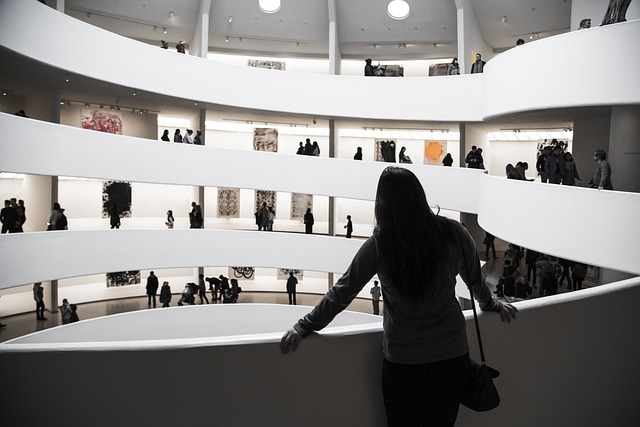# AI Art Revolution: How Machine Learning is Redefining Visual Aesthetics and Expression
The intersection of artificial intelligence and art has sparked a transformative movement that is reshaping how we create, perceive, and engage with visual aesthetics. As machine learning technologies advance, they are not merely tools for artists but are becoming collaborators in the creative process. This article delves into the ways AI is revolutionizing art, exploring its implications for artists, the art market, and our understanding of creativity itself.
## The Emergence of AI as a Creative Partner
Artificial intelligence has evolved dramatically over the past decade, moving from basic algorithms to sophisticated neural networks capable of generating compelling visual content. Artists now harness these technologies to explore new dimensions of creativity. For instance, platforms like DeepArt and Runway ML allow users to apply unique styles to their images or create entirely new artworks based on user-defined parameters. This democratization of art creation means that individuals without traditional artistic training can produce visually stunning pieces, broadening the definition of who can be considered an artist.
Moreover, AI-generated art challenges the traditional notions of authorship and originality. With algorithms capable of analyzing vast datasets of existing artworks, they can generate pieces that mimic the styles of renowned artists or fuse multiple styles into a single creation. Consequently, the question arises: who is the true creator of an AI-generated piece? Is it the programmer who developed the algorithm, the artist who provided the input, or the machine itself? This blurring of lines invites a reexamination of the very foundations of artistic creation.
## Redefining Aesthetic Boundaries
As machine learning algorithms learn from diverse datasets, they are pushing the boundaries of visual aesthetics. The ability of AI to analyze and synthesize styles from different cultures and historical periods allows for the creation of artworks that are not limited by the constraints of human experience. For example, AI can generate pieces that combine elements of Impressionism with contemporary digital art, resulting in innovative forms that challenge traditional categorizations.
Furthermore, the aesthetics produced by AI often elicit emotional responses that can rival those of human-made art. The unexpected juxtapositions and novel compositions generated by AI can provoke thought and inspire viewers in ways that may not be anticipated. This capability to surprise and engage audiences adds a new layer of depth to the artistic experience, prompting discussions about the nature of beauty and the role of technology in shaping our perceptions.
In addition, AI art is not confined to static images; it extends into dynamic realms such as generative art installations and interactive experiences. Artists are increasingly incorporating AI into immersive environments where viewers can engage with the art in real-time, creating a participatory experience that evolves based on audience interaction. This evolution of art into a more interactive and experiential medium signifies a profound shift in how we engage with visual aesthetics.
## The Impact on the Art Market and Cultural Discourse
The rise of AI-generated art has significant implications for the art market. Auction houses and galleries are beginning to recognize the value of AI art, with notable pieces fetching impressive sums at auctions. In 2018, a portrait created by the AI algorithm Obvious sold for over $432,000 at Christie’s, marking a watershed moment for the acceptance of AI as a legitimate medium. As collectors and investors begin to see the potential of AI art, it is reshaping the landscape of art investment and appreciation.
Critically, the integration of AI into the art world also raises ethical considerations. Issues surrounding copyright, ownership, and the potential for AI to perpetuate biases present in the data it learns from are increasingly coming to the forefront. Artists and technologists must navigate these complexities to ensure that the benefits of AI are harnessed responsibly and inclusively. The conversation around AI art is not just about technological advancement; it also encompasses broader societal questions about creativity, authenticity, and the cultural implications of machine-generated content.
In conclusion, the AI art revolution is redefining visual aesthetics and expression in profound ways. As machine learning continues to evolve, it offers artists new tools for creativity and challenges our understanding of authorship and originality. The blending of human and machine creativity opens up exciting possibilities for the future of art, while also prompting critical discussions about the ethical implications of this technology. As we move forward, the relationship between AI and art will undoubtedly continue to evolve, shaping not only the art world but also our collective cultural discourse.

